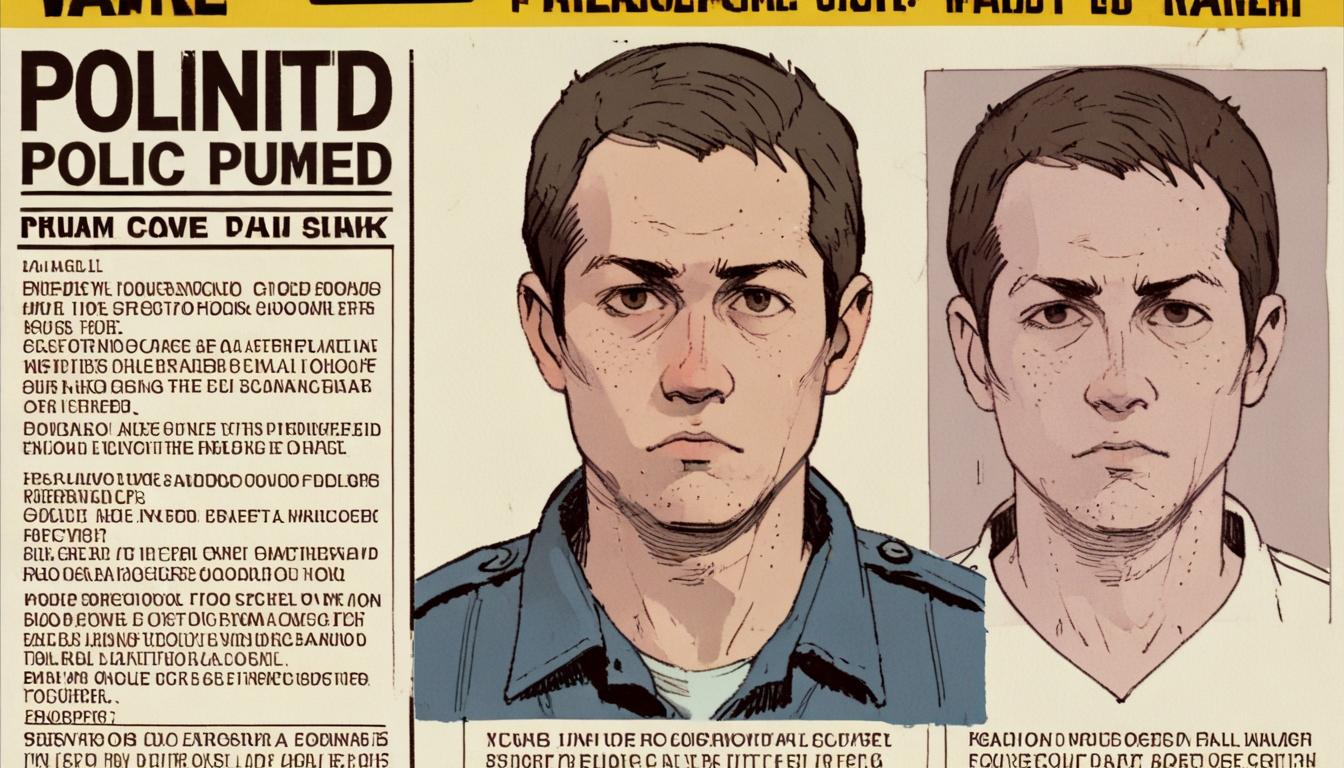Police Defend Image Censorship in Attempted Murder Case
Amid rising tensions surrounding a recent attempted murder of a taxi driver in Dunmurry, the Police Service of Northern Ireland (PSNI) has defended its decision to pixilate a suspect's image in their public appeal for information. The incident, which occurred in broad daylight, involved two masked gunmen firing shots into the stationary taxi of 49-year-old Sean O'Reilly, who was struck twice yet managed to reach a nearby taxi depot for help. Fortunately, he is now described as being in stable condition following emergency treatment.
The PSNI's rationale for pixilating the image stems from ongoing debates concerning data protection and public safety. Critics argue that blurring out key details can impede the public's ability to recognise suspects, thus hindering the investigation. The PSNI has faced mounting pressure to secure arrests given the urgency of the situation; thus far, no arrests have been made despite the ongoing efforts of armed officers and cordon restrictions at the scene of the shooting.
In recent developments, law enforcement recovered firearms, a high-visibility jacket, and a baseball cap that are believed to have been used by the gunmen during the attack. The role of the Republican Network for Unity, a hardline republican political group that claims O'Reilly as a member, adds another layer of complexity to the case. This connection has sparked further scrutiny of the underlying motivations behind such violent occurrences within the community and the implications for local safety.
Such incidents are not isolated; they're part of a worrying trend. A parallel controversy arose when the Gardaí in Ireland faced backlash over their cautious approach to releasing images of suspects. Senior officers lamented that stringent data protection laws may be undermining their ability to effectively combat serious crime. According to Garda Commissioner Drew Harris, the decision to publish photographs of suspects must be both "necessary" and "proportionate," which in turn raises concerns about balancing the rights of individuals against the demands of community safety.
Further compounding these issues is the recent case of Brian Stalford, a taxi driver who brandished an imitation firearm during a confrontation over a drugs-related debt. This incident, which was caught on dashcam footage, has illuminated the dangers taxi drivers face in an increasingly volatile environment.
As community members express frustration over the lack of progress in O'Reilly’s case, calls for transparency and accountability grow louder. The PSNI's commitment to improving communication and releasing mugshots of serious offenders when it serves a policing purpose was notably reaffirmed after victims of crime voiced their concerns about feeling sidelined. This gesture towards transparency is seen as a step in the right direction, yet many remain skeptical about how effectively such policies will be implemented, especially in light of ongoing concerns regarding investigative limitations imposed by data protection laws.
In sum, while the PSNI continues its pursuit of justice in the attempted murder of Sean O'Reilly, the delicate balance between individual rights and public safety remains an ever-evolving, contentious issue. The community looks on, waiting for tangible outcomes that assure their protection and encourage a more transparent approach from law enforcement agencies.
Reference Map:
Source: Noah Wire Services
